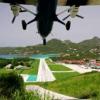
Sign in to follow this
Followers
0

Quick little tutorial for those in trouble with VNAV descents
By
dmbusmc, in MS FSX | FSX-SE Forum


By
dmbusmc, in MS FSX | FSX-SE Forum